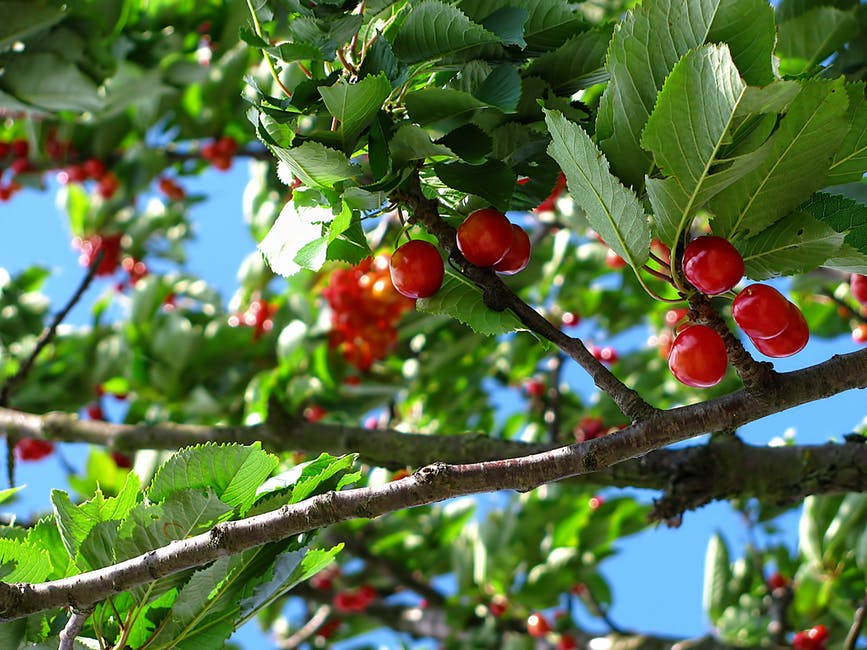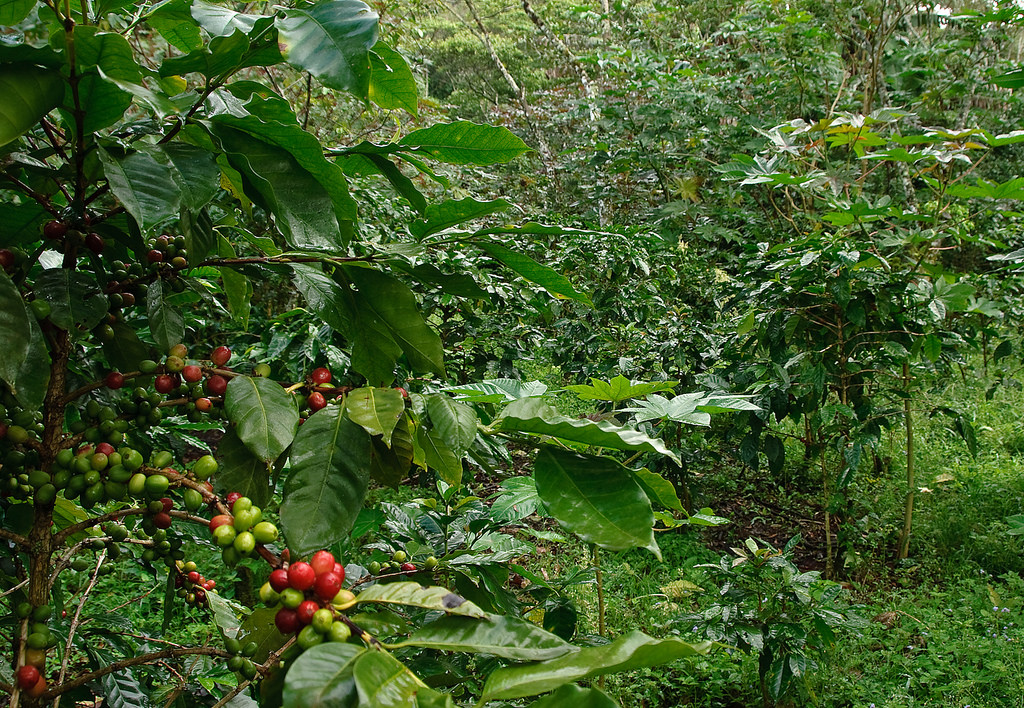Shade Grown vs Sun-Grown Coffee: Why It Matters

In the world, there are two main types of coffee produced today, Coffea arabica (Arabica coffee) and Coffea canephora (Robusta coffee). Arabica makes up 75–80% of the world’s coffee production, while Robusta accounts for only about 20%. Generally speaking, robusta beans are considered to be of lower quality than Arabica due to their inferior taste.
One of the most distinctive differences between the two beans, however, is the environment in which each type of coffee is grown. Traditionally, Arabica beans have naturally grown in the shade, while Robusta beans have been trained to grow in the sun. These are the two methods of coffee cultivation used commercially: shade-grown and sun-grown, though one is often said to be much better for the environment. Read on to learn more now.
Understanding Shade-Grown and Sun-Grown Coffee Varieties
Coffee plants have traditionally grown under a canopy of assorted shade trees. Shade-grown coffee farms utilize different types and heights of trees to create an environment that is ecologically diverse and responsible. On the other hand, sun-grown coffee removes the natural protective barrier of trees, which means a greater number of chemical pesticides end up being used to prevent pests and disease.
Coffee farmers are able to plant sun-grown crops at a higher density, which further stresses the surrounding ecosystem and increases and incentivizes deforestation.
Increased demand from consumers in the coffee market has motivated farmers to utilize the sun-growing method, where they are able to vastly increase their output of coffee. While this may sound like a good thing, one must consider the negative environmental impact of sun-grown coffee, as well as the benefits of shade-grown coffee.
Coffee Farm = Bird Paradise
According to the Smithsonian Migratory Bird Center, “shade-grown coffee production is the next best thing to a natural forest.” A shade-coffee farm can imitate a native forest, which allows many different varieties of birds, plants, and insects to thrive in its lush growth.
Surrounding shady fruit trees assist in creating a bird-friendly habitat—and the more birds that are able to thrive in a coffee forest, the better. This is primarily because birds can help deter pests from the growing coffee plants. According to a study in Jamaica, researchers found a 70% increase in the infestation of coffee fruits with the Coffee Berry Borer (a small beetle that harms the plants) when birds were excluded from the environment.
Another similar study conducted in Mexico resulted in a 30-64% increase in chewing insects like caterpillars on coffee plants. Not only does shade-grown coffee provide a habitat for many bird species, but they also return the favor by protecting the precious plants.

Soil Facts: How Coffee Farming Impacts the Earth
While soil may not sound like an exciting topic, it does in fact have a surprising impact on coffee and coffee production:
- Pesticides used in sun-grown coffee farms can potentially seep into the soil and affect local watersheds.
- Shade coffee farming reduces soil erosion, which improves soil quality.
- Leaves and foliage that fall from surrounding trees provide nutrients to the growing coffee, which can often replace the need for fertilizers.
- Sun coffee farms produce triple the nitrates of shade farms, which can impact the way the plants are able to intake water.
- Trees in shade-grown farms can help keep carbon out of the atmosphere.
Do Your Part: Consider Switching to Shade-Grown Coffee
Shade-grown coffee is environmentally responsible and is know to taste better, too. As consumers, we should strive to support businesses that use sustainable farming methods like shade-grown coffee. As the demand for sun-grown coffee decreases, more farmers will likely utilize the more ecologically sound method. View our selection of responsibly grown Arabica beans, produced on shade-grown coffee plantations.
